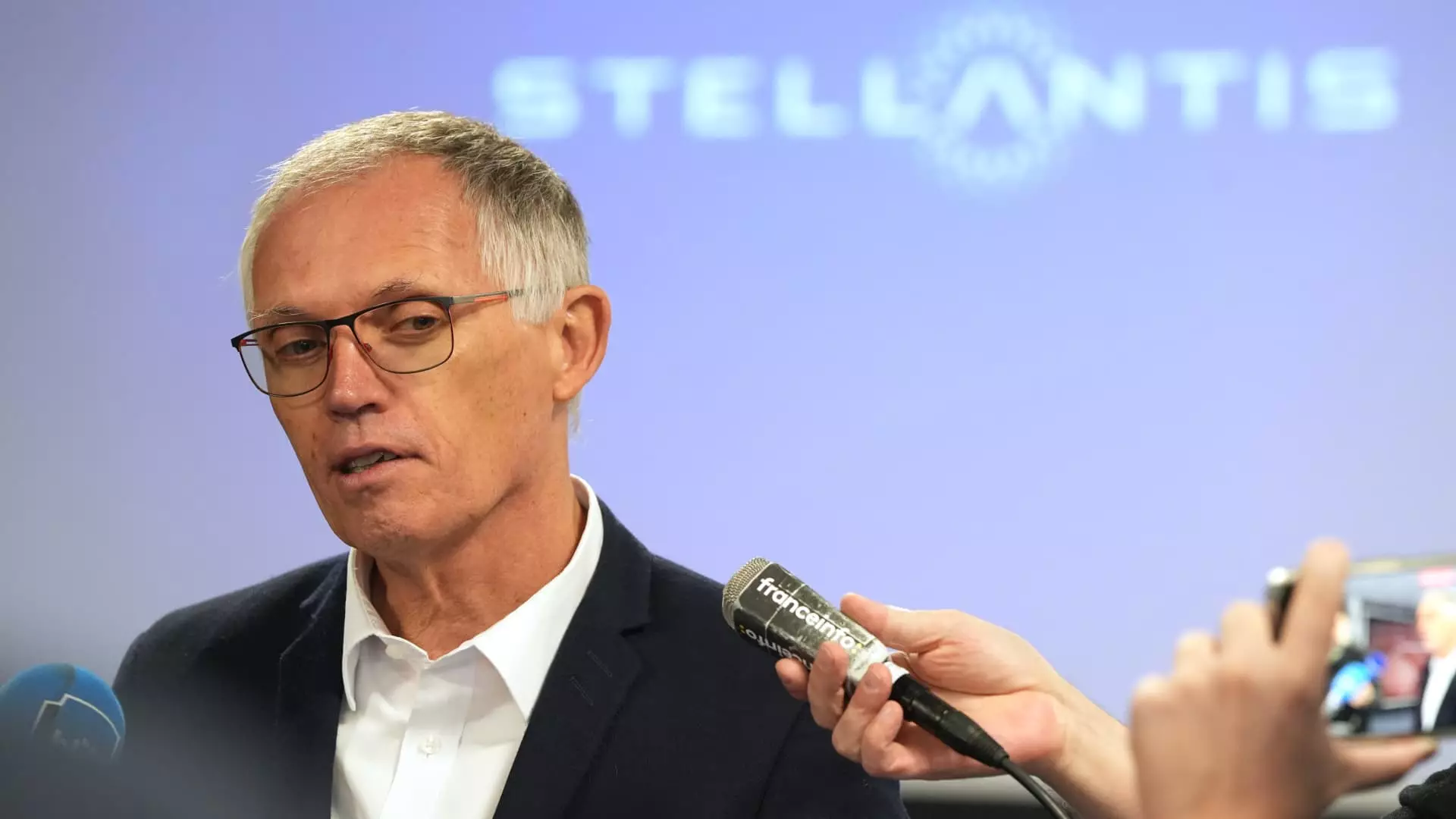In a startling development, Carlos Tavares, the chief executive officer of Stellantis, has resigned amid growing disagreements with the company’s board of directors. This seismic shift for one of the world’s largest automotive manufacturers was announced on a Sunday, with immediate effect, signaling a disruptive change at the helm of a company that was formed through a merger between Fiat Chrysler Automobiles and PSA Groupe in 2021. The board’s decision underscores a deteriorating relationship, veiled in vague press releases but pointing to a potentially deeper rift in management philosophy and strategic direction.
Tavares’ departure comes just weeks after Stellantis had confirmed his planned retirement in 2026, leaving industry watchers and stakeholders surprised not just by the timing but by the lack of tangible details regarding the reasons behind the growing “different views” mentioned in the board’s statement. It appears that the synergy that characterized Stellantis’ formation is now under strain as the company prepares to transition into a new era of leadership.
Stellantis’ recent struggles stem largely from an underwhelming performance in the highly competitive U.S. market, a sector that has historically been the primary cash engine for the automaker. Under Tavares, the company aimed for aggressive cost-cutting measures, which included reducing headcounts significantly and streamlining operations. While these tactics generated substantial savings—an estimated €8.4 billion or around $9 billion—the consequences have often overshadowed the intended benefits. The methods have left the company’s operations vulnerable and have hindered its ability to invest in new product lines or reinvigorate existing ones.
The fallout from these decisions has been considerable. Stellantis recently revised its annual sales outlook downward, impacting stakeholder confidence. A report revealing a staggering 27% drop in third-quarter net revenues has fortified the narrative that the company is grappling with severe operational inefficiencies. The net result has been a disheartening 20% decrease in global unit sales compared to the previous year, compounding the pressures on a leadership team already reeling from waning product appeal and stagnant innovation.
The dissatisfaction surrounding Tavares’ leadership reached a boiling point, particularly with labor unions such as the United Auto Workers (UAW), which have vocally demanded accountability amidst a wave of layoffs and declining production rates. The criticism intensified as Stellantis’ operational strategies increasingly prioritized cost reductions over workforce stability, igniting tensions with both current employees and former executives who criticized the firm’s financial tactics. While management often frames cost-cutting as a necessary evil to sustain profitability, it has equally fostered an environment of fear and instability—potentially driving skilled labor away and diminishing morale across the organization.
Reports indicate that Stellantis has reduced its workforce by approximately 15.5% since late 2019, encompassing a staggering 47,500 employees, a decision that has garnered resentment not only from labor groups but also from within the company itself. Current and former executives who have offered insights into the internal culture of Stellantis have described the rows and job eliminations as excessively grueling, with critics arguing that such extreme measures were misguided and detrimental.
As Stellantis transitions to appoint a new CEO during the first half of the coming year, the question remains: how will the company reintegrate its strategic vision and operational effectiveness? A new interim executive committee has been established, led by chairman John Elkann, which could pave the way for fresh ideas or continue the current trajectory. The board has a challenging task ahead—not only to identify a suitable candidate who aligns with shareholders’ desires and market demands but also to restore confidence among employees, stakeholders, and consumers alike.
The unfolding leadership crisis at Stellantis is a poignant reminder of the perils associated with the automotive sector’s rapidly evolving landscape. With increasing competition and the push toward electrification, the new leadership must navigate these turbulent waters while maintaining profitability and fostering innovation. For Stellantis, the stakes are incredibly high, as its legacy and future depend on the seamless execution of processes and strategic alignment moving forward.
As Carlos Tavares’ tenure ends, the hope is that Stellantis will emerge stronger—redefining its goals and renewing its commitment to both its workforce and its consumers in a bid to regain the stability and growth once enjoyed by the automaker.

